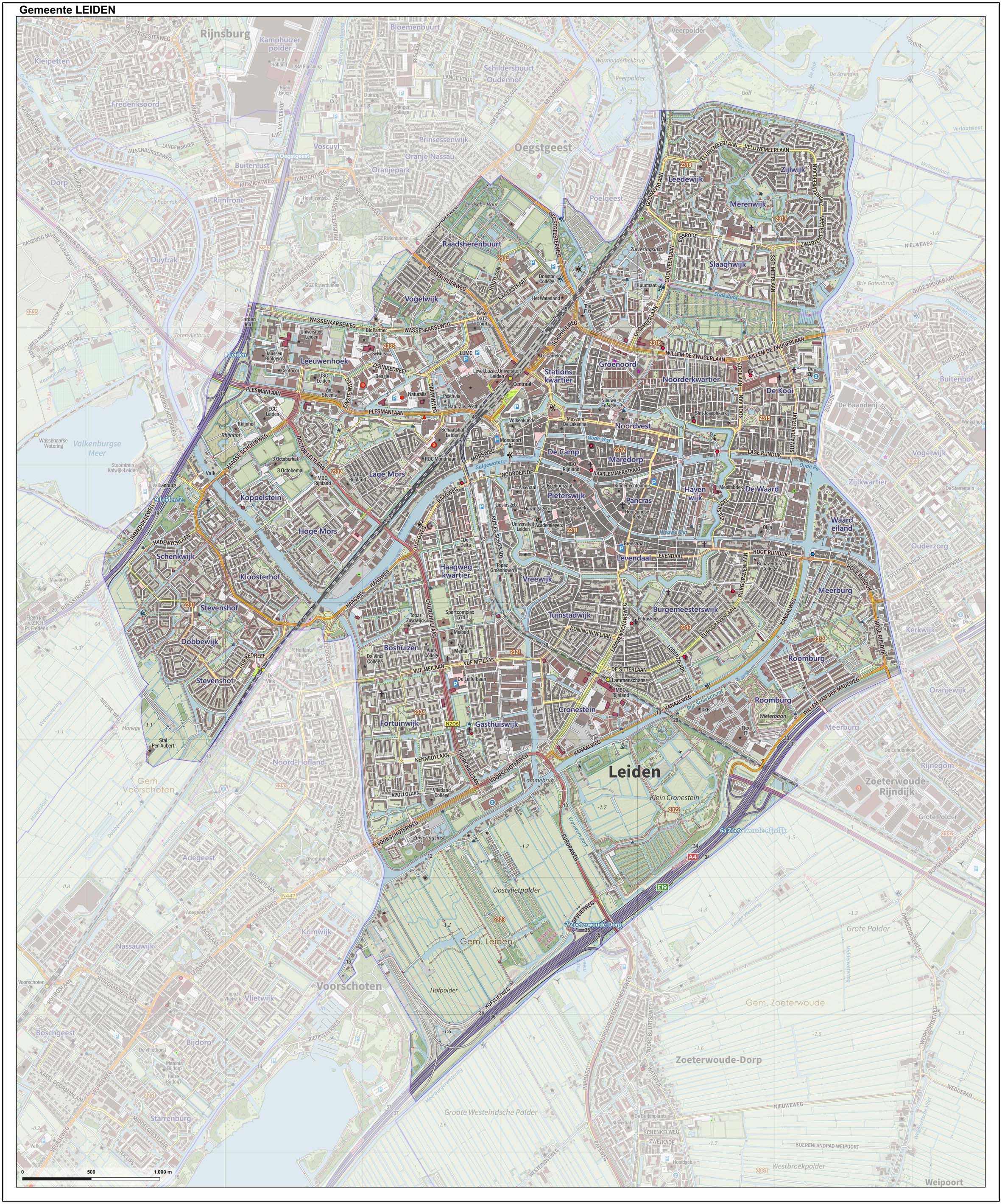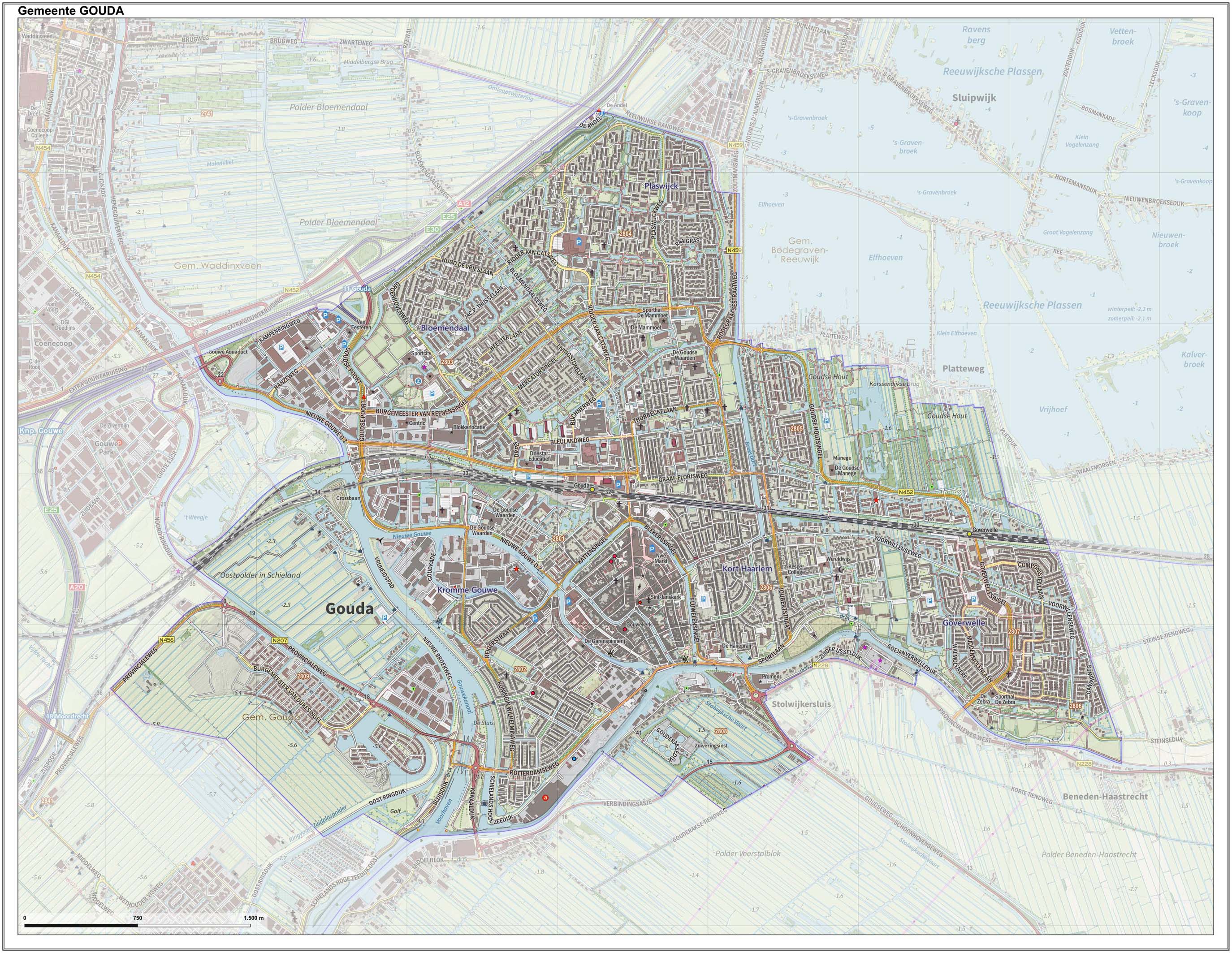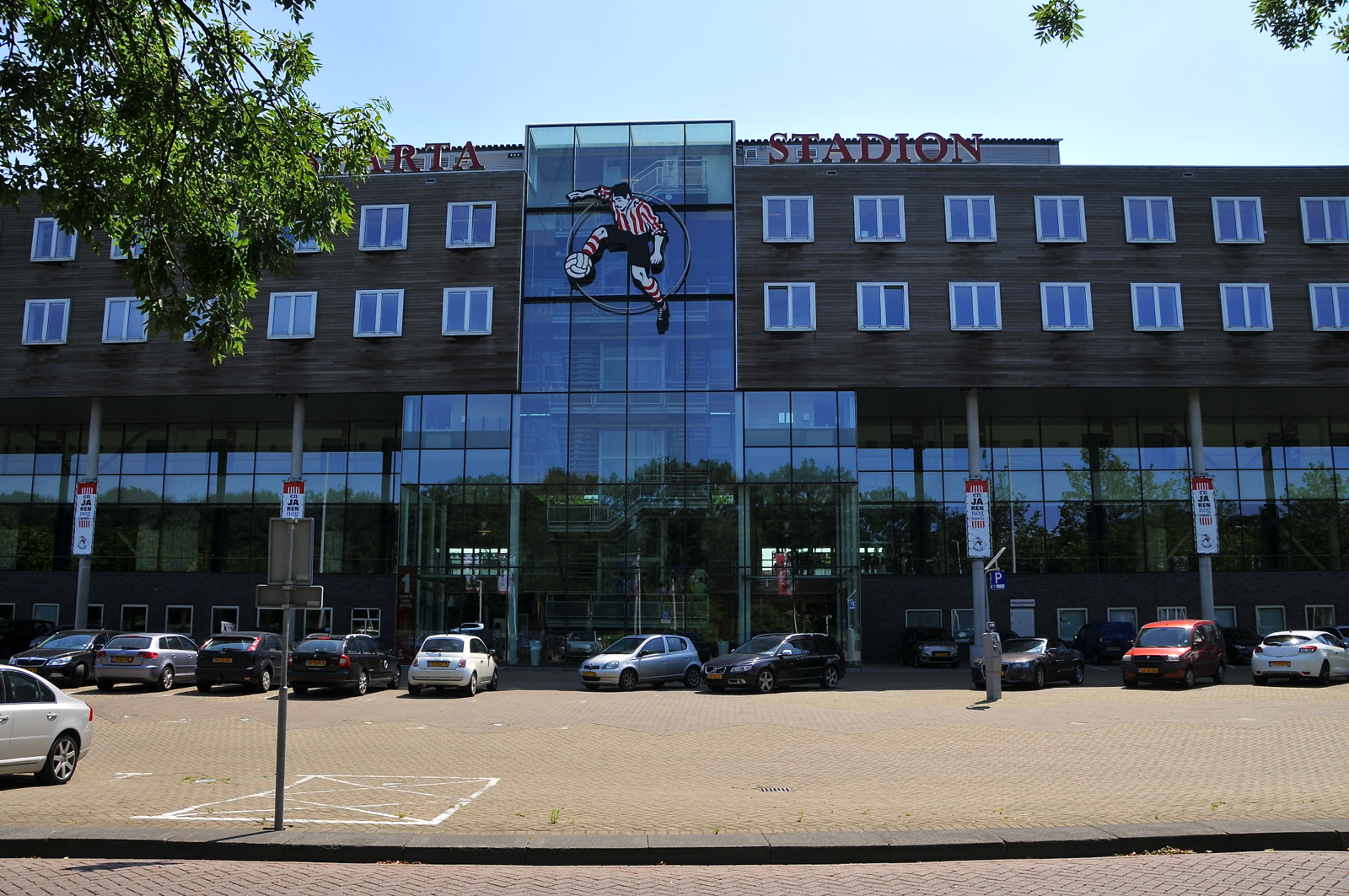|
Willem Coenraad Brouwer
Willem Coenraad Brouwer (19 October 1877, in Leiden – 23 May 1933, in Zoeterwoude) was a Dutch ceramist and sculptor. at the Netherlands Institute for Art History Life and work Brouwer was a son of Nicholas Brouwer, head of a primary school in , and Antonia Coert. He studied at the Tekenschool ('Drawing school') in his hometown. From 1894 to 1898 he worked in the studio designing book ornamentation and letter cutting for his brother-in-law J.A. Loebèr.Levensloop van Willem Coenraad Brouwerat wc ... [...More Info...] [...Related Items...] OR: [Wikipedia] [Google] [Baidu] |
Leiden
Leiden (; in English and archaic Dutch also Leyden) is a city and municipality in the province of South Holland, Netherlands. The municipality of Leiden has a population of 119,713, but the city forms one densely connected agglomeration with its suburbs Oegstgeest, Leiderdorp, Voorschoten and Zoeterwoude with 206,647 inhabitants. The Netherlands Central Bureau of Statistics (CBS) further includes Katwijk in the agglomeration which makes the total population of the Leiden urban agglomeration 270,879, and in the larger Leiden urban area also Teylingen, Noordwijk, and Noordwijkerhout are included with in total 348,868 inhabitants. Leiden is located on the Oude Rijn, at a distance of some from The Hague to its south and some from Amsterdam to its north. The recreational area of the Kaag Lakes ( Kagerplassen) lies just to the northeast of Leiden. A university city since 1575, Leiden has been one of Europe's most prominent scientific centres for more than four centuri ... [...More Info...] [...Related Items...] OR: [Wikipedia] [Google] [Baidu] |
Gouda, South Holland
Gouda () is a city and municipality in the west of the Netherlands, between Rotterdam and Utrecht, in the province of South Holland. Gouda has a population of 75,000 and is famous for its Gouda cheese, stroopwafels, many grachten, smoking pipes, and its 15th-century city hall. Its array of historic churches and other buildings makes it a very popular day trip destination. In the Middle Ages, a settlement was founded at the location of the current city by the Van der Goude family, who built a fortified castle alongside the banks of the Gouwe River, from which the family and the city took its name. The area, originally marshland, developed over the course of two centuries. By 1225, a canal was linked to the Gouwe and its estuary was transformed into a harbour. City rights were granted in 1272. History Around the year 1100, the area where Gouda now is located was swampy and covered with a peat forest, crossed by small creeks such as the Gouwe. Along the shores of this s ... [...More Info...] [...Related Items...] OR: [Wikipedia] [Google] [Baidu] |
Peace Palace
, native_name_lang = , logo = , logo_size = , logo_alt = , logo_caption = , image = La haye palais paix jardin face.JPG , image_size = , image_alt = , image_caption = The Peace Palace, The Hague , map_type = , map_alt = , map_caption = , map_size = , map_dot_label = , relief = , former_names = , alternate_names = , etymology = , status = , cancelled = , topped_out = , building_type = , architectural_style = Neo-Renaissance , classification = , location = , address = , location_city = The Hague , location_country = Netherlands , coordinates = , altitude = , current_tenants = International Court of Justice and Permanent Court of Arbitration , namesake = , groundbreaking_date = 1907 , start_date = , topped_out_date = , completion_date = , opened_date = 28 August 1913 , inauguration_date = , relocated_date = , renovation_date = , closing_date = , demolition_date = , cost = US$1.5 million ($, adjusted for inf ... [...More Info...] [...Related Items...] OR: [Wikipedia] [Google] [Baidu] |
Hendrik Petrus Berlage
Hendrik Petrus Berlage (21 February 1856 – 12 August 1934) was a Dutch architect. He is considered one of the fathers of the architecture of the Amsterdam School. Life and work Hendrik Petrus Berlage, son of Nicolaas Willem Berlage and Anna Catharina Bosscha, was born on 21 February 1856 in Amsterdam in the Netherlands. Anna Catharina Bosscha's uncle was Johannes Bosscha, a scientist who taught in Polytechnische School te Delft. Berlage studied architecture at the Zurich Institute of Technology between 1875 and 1878 after which he traveled extensively for 3 years through Europe. In the 1880s he formed a partnership in the Netherlands with Theodore Sanders which produced a mixture of practical and utopian projects. A published author, Berlage held memberships in various architectural societies including CIAM I. Berlage was influenced by the Neo-Romanesque brickwork architecture of Henry Hobson Richardson and of the combination of structures of iron seen with brick of th ... [...More Info...] [...Related Items...] OR: [Wikipedia] [Google] [Baidu] |
Jacobus Oud
Jacobus Johannes Pieter Oud, commonly called J. J. P. Oud (9 February 1890 – 5 April 1963) was a Dutch architect. His fame began as a follower of the ''De Stijl'' movement. Oud was born in Purmerend, the son of a tobacco and wine merchant. As a young architect, he was influenced by Berlage, and studied under Theodor Fischer in Munich for a time. He worked together with W.M. Dudok in Leiden, which is where he also met Theo van Doesburg and became involved with the movement ''De Stijl''. Between 1918 and 1933, Oud became Municipal Housing Architect for Rotterdam. During this period when many laborers were coming to the city, he mostly worked on socially progressive residential projects. This included projects in the areas of Spangen, Kiefhoek and the Witte Dorp. Oud was one of a number of Dutch architects who attempted to reconcile strict, rational, 'scientific' cost-effective construction technique against the psychological needs and aesthetic expectations of the users. His ow ... [...More Info...] [...Related Items...] OR: [Wikipedia] [Google] [Baidu] |
Willem Marinus Dudok
Willem Marinus Dudok (6 July 1884 – 6 April 1974) was a Dutch modernist architect. He was born in Amsterdam. He became City Architect for the town of Hilversum in 1928 where he was best known for the brick Hilversum Town Hall, completed in 1931. Not only did he design the building, but also the interior including the carpets, furniture and even the mayor's meeting hammer. He also designed and built about 75 houses, public buildings and entire neighborhoods. Career Dudok initially chose to pursue a military career. At the military academy of Breda he studied civil engineering and was allowed to assist in designing military buildings. Influenced by other Dutch architects, such as Berlage, he rapidly proved able to adapt his own ideas. He was appointed Assistant Director of Public Works in Leiden in 1913 and Director of Public Works in Hilversum in 1915. He was appointed Hilversum's Municipal Architect in 1928. The same year he was assigned the task of expanding the city, w ... [...More Info...] [...Related Items...] OR: [Wikipedia] [Google] [Baidu] |
Jan Wils
Jan Wils (22 February 1891 – 11 February 1972) was a Dutch architect. He was born in Alkmaar and died in Voorburg. Wils was one of the founding members of the De Stijl movement, which also included artists as Piet Mondrian, Theo van Doesburg and Gerrit Rietveld. Among other works, Wils designed the Olympic Stadium for the 1928 Summer Olympics in Amsterdam. His design was also entered in the Olympic art competition, and won the gold medal. he also designed the Papaverhof housing complex, now a Rijksmonument A rijksmonument (, ) is a national heritage site of the Netherlands, listed by the agency Rijksdienst voor het Cultureel Erfgoed (RCE) acting for the Dutch Ministry of Education, Culture and Science. At the end of February 2015, the Netherlands ... (Dutch national heritage site). References External links * Short biography 1891 births 1972 deaths Dutch architects People from Alkmaar Olympic gold medalists in art competitions Medalists at the 1928 Summer Ol ... [...More Info...] [...Related Items...] OR: [Wikipedia] [Google] [Baidu] |
Sparta Stadion Het Kasteel
The Sparta Stadion, nicknamed Het Kasteel () is a football stadium in Rotterdam, Netherlands. It is the home ground of Sparta Rotterdam. It has a capacity of 11,026. History and layout The stadium is located in the neighbourhood of Spangen, where it was built in 1916 as ''Stadion Spangen'' based on a plan of the architects J.H. de Roos and W.F. Overeynder. The name "Het Kasteel" (The Castle) is derived from the small building with two small towers which backs onto the south-facing tribune (Kasteel Stand) of the stadium, which looks similar to a castle. This building is the only authentical remain of the original design. It was built in 1916. The castle building, which is currently located along the length of the pitch, was originally positioned behind one of the goals. A famous incident took place at het Kasteel in November 1970, when Feyenoord goalkeeper Eddy Treijtel took a goalkick and shot a passing seagull down from the air. The stuffed bird has been on display in the ... [...More Info...] [...Related Items...] OR: [Wikipedia] [Google] [Baidu] |
Caryatid
A caryatid ( or or ; grc, Καρυᾶτις, pl. ) is a sculpted female figure serving as an architectural support taking the place of a column or a pillar supporting an entablature on her head. The Greek term ''karyatides'' literally means "maidens of Karyai", an ancient town on the Peloponnese. Karyai had a temple dedicated to the goddess Artemis in her aspect of Artemis Karyatis: "As Karyatis she rejoiced in the dances of the nut-tree village of Karyai, those Karyatides, who in their ecstatic round-dance carried on their heads baskets of live reeds, as if they were dancing plants". An atlas or telamon is a male version of a caryatid, i.e. a sculpted male statue serving as an architectural support. Etymology The term is first recorded in the Latin form ''caryatides'' by the Roman architect Vitruvius. He stated in his 1st century BC work '' De architectura'' (I.1.5) that the female figures of the Erechtheion represented the punishment of the women of Caryae, a town near Sp ... [...More Info...] [...Related Items...] OR: [Wikipedia] [Google] [Baidu] |
List Of Dutch Ceramists
This is a list of Dutch ceramists who were born and/or were primarily active in the Netherlands. __NOTOC__ A * Cris Agterberg (1883–1948) * Aalmis (1674–1755) * Karel Appel (1921–2006) * Govert-Marinus Augustijn (1871–1963) B * Gerrit de Blanken (1894–1961) * Henk Breuker (1914–2003) * Hugo Brouwer (1913–1986) * Willem Coenraad Brouwer (1877–1933) C * Carel Adolph Lion Cachet (1864–1945)Titus M. Eliëns. ''Het Keramiek Boek. Nederlands vernieuwingsaardewerk 1880-1940,'' 2006.review * Theo Colenbrander (1841–1930) * Lies Cosijn (April 25, 1931 – February 23, 2016) D * Chris Dagradi (born 1954), American artist * Cor Dam (1935–2019) * Emmy van Deventer (1915–1998) * Just van Deventer (1906–1957) * Sophie van der Does de Willebois (1891–1961) * Theo Dobbelman (1906–1984) * Dora Dolz (1941–2008) * Jan van Druten (1916–1993) * Lydeke von Dülmen Krumpelmann (born 1952) E * Dick Elffers (1910–1990) F * Chris Fokma (1 ... [...More Info...] [...Related Items...] OR: [Wikipedia] [Google] [Baidu] |
1877 Births
Events January–March * January 1 – Queen Victoria is proclaimed '' Empress of India'' by the '' Royal Titles Act 1876'', introduced by Benjamin Disraeli, the Prime Minister of the United Kingdom . * January 8 – Great Sioux War of 1876 – Battle of Wolf Mountain: Crazy Horse and his warriors fight their last battle with the United States Cavalry in Montana. * January 20 – The Conference of Constantinople ends, with Ottoman Turkey rejecting proposals of internal reform and Balkan provisions. * January 29 – The Satsuma Rebellion, a revolt of disaffected samurai in Japan, breaks out against the new imperial government; it lasts until September, when it is crushed by a professionally led army of draftees. * February 17 – Major General Charles George Gordon of the British Army is appointed Governor-General of the Sudan. * March – '' The Nineteenth Century'' magazine is founded in London. * March 2 – Compromise ... [...More Info...] [...Related Items...] OR: [Wikipedia] [Google] [Baidu] |







